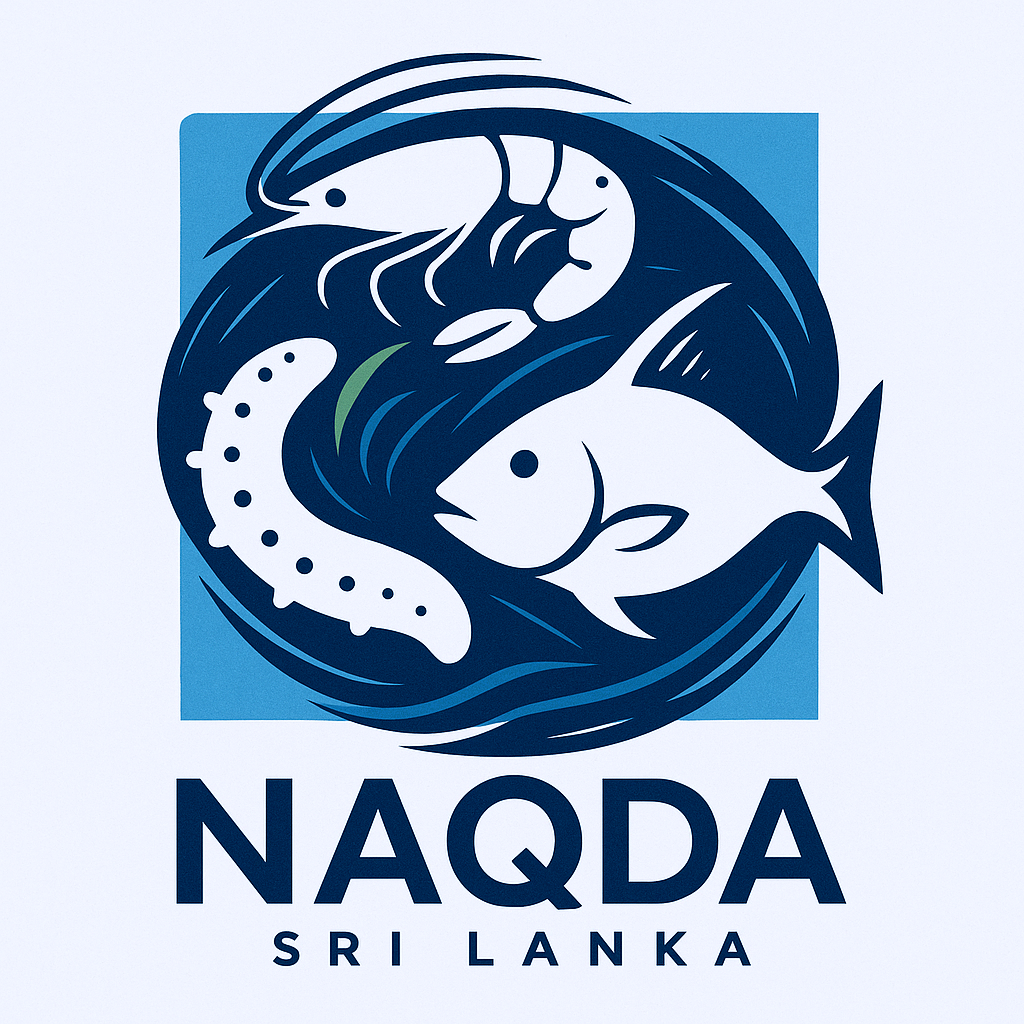
Seaweed Cultivation Excellence
Sustainable Marine Agriculture with High Export Potential
🌊 1,200+ Hectares | 💰 $8M Exports | 🌍 12 Countries | 👥 3,500+ Families

Sustainable Marine Agriculture with High Export Potential
🌊 1,200+ Hectares | 💰 $8M Exports | 🌍 12 Countries | 👥 3,500+ Families
Hectares Under Cultivation
Growing 20% yearly
Annual Export Value
Premium quality exports
Coastal Families Benefited
Sustainable livelihoods
Export Countries
Global market reach
Discover high-value seaweed varieties with excellent export potential
Red Seaweed - Agar Production
Carrageenan Production
Food & Feed Applications
Floating bamboo rafts anchored in shallow coastal waters. Ideal for calm seas.
Horizontal ropes stretched between anchors. Suitable for deeper waters.
Direct planting on sandy/rocky bottoms in intertidal zones.
Controlled environment in coastal ponds with seawater exchange.
Start your seaweed farm
Check your status
Learn cultivation techniques
Technical assistance
Hotline
1920
seaweed@naqda.gov.lk
+94 77 456 7890
Portal
naqda.gov.lk
Puttalam District
"From 10 rafts to 200 rafts in 3 years. Now exporting directly to Japan with NAQDA support!"
Mannar District
"Integrated seaweed with shrimp farming. Double income with sustainable practices!"
Jaffna District
"25 women farmers collective. Processing and exporting value-added products globally."
Learn from expert tutorials and success stories
Learn the basics of seaweed cultivation from setup to harvest
Advanced methods for red seaweed farming
High-value seaweed cultivation for carrageenan
Setting up floating longline systems for seaweed
Drying, processing and value addition techniques
Economics and marketing of seaweed products
Everything you need to know about seaweed cultivation in Sri Lanka
Seaweed farming is the cultivation of marine macroalgae in controlled conditions for commercial purposes including food, cosmetics, pharmaceuticals, and industrial applications.
Main species include Gracilaria edulis (red seaweed), Kappaphycus alvarezii (cottonii), Eucheuma denticulatum (spinosum), and Ulva lactuca (sea lettuce).
Initial investment for 0.5 hectare: Rs. 150,000-200,000 including ropes, floats, anchors, and seedlings. ROI can be 200-300% annually.
Most species require 45-60 days per harvest cycle. You can achieve 6-8 harvests per year depending on species and conditions.
Coastal areas of Puttalam, Mannar, Jaffna, Trincomalee, and Kalpitiya with clean water, moderate waves, and 2-10m depth.
Floating raft method, fixed off-bottom method, longline system, and land-based pond culture are the main techniques used.
Wet seaweed: Rs. 10-15/kg, Dried seaweed: Rs. 60-100/kg. A 0.5 hectare farm can produce 30-40 tons wet seaweed per year.
Yes, you need a NAQDA cultivation permit and area allocation. Environmental clearance may be required for large-scale operations.
NAQDA provides quality seedlings at Rs. 5-10 per kg. Private nurseries and established farmers also supply planting material.
Salinity: 30-35 ppt, Temperature: 26-30°C, pH: 7.5-8.5, Clear water with good sunlight penetration, moderate water movement.
NAQDA provides 50% subsidy on infrastructure (up to Rs. 500,000), low-interest loans at 4%, and free technical training.
Use net enclosures, cultivate in areas with fewer herbivorous fish, or choose cultivation depths that minimize grazing pressure.
Sun drying on clean mats or platforms for 2-3 days until moisture content reaches 10-15%. Proper drying ensures better price and storage.
Export markets for carrageenan and agar industries, local food processing, cosmetics, pharmaceuticals, and organic fertilizer production.
Yes, it can be integrated with fish farming, sea cucumber culture, tourism (eco-tourism), and coastal protection initiatives.
Basic cultivation (3 days), advanced techniques, post-harvest processing, value addition, and business management training programs.
Regular monitoring, removing affected portions, maintaining optimal water quality, and using disease-resistant varieties help prevent issues.
A bacterial infection causing white discoloration in Kappaphycus. Prevented by maintaining water quality and avoiding high-density cultivation.
Seaweed farming is eco-friendly: absorbs CO2, provides oxygen, improves water quality, creates fish habitat, and requires no fertilizers or freshwater.
Hotline: 1920, WhatsApp: +94 77 456 7890, Email: seaweed@naqda.gov.lk, or visit nearest NAQDA regional center.